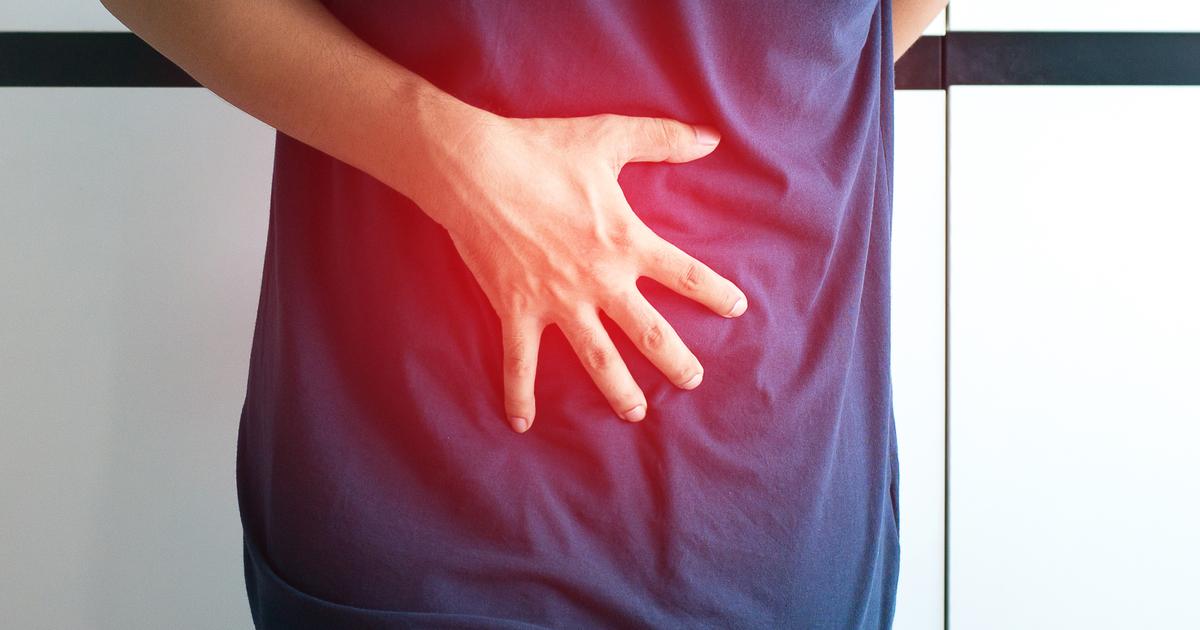What To Expect From A Feeding Tube Insertion Procedure
Risks Of The Procedure

A feeding tube placement procedure is known to be a safe procedure, but all surgical procedures have risks of complications. Before the procedure, the patient will receive a consent form that outlines all of the possible complications. They need to discuss them with their surgeon. A patient who is known to have adverse reactions to sedation medications and anesthesia is at a higher risk of experiencing complications during a feeding tube insertion procedure.
Patients who have a feeding tube insertion procedure may experience pain as a complication. Other possible complications include the leakage of stomach contents around the feeding tube at the stoma site, the development of an infection at the stoma site or inside the abdomen, food or fluid aspiration, and bleeding from the incision. Additional examples of potential feeding tube insertion complications are blockage of the feeding tube, dislodgement of the feeding tube, bleeding from other organs that have become damaged during the procedure, and an infection in other organs that may have been damaged.
After The Procedure

After the feeding tube insertion procedure, the individual is taken to a recovery unit for observation as they come off the anesthesia. Some individuals may be able to return home the same day as their feeding tube insertion procedure. In contrast, others will have to stay in the hospital overnight. The dressing placed over the area where the tube is inserted should not be removed until between twenty-four and forty-eight hours following the procedure. It takes around five full days for the stoma site to heal around the feeding tube fully.
An individual who has had a feeding tube insertion procedure should expect to feel cramping and gas pain in the week following the procedure. The patient will be taught by their doctor how to use and care for the feeding tube. They will learn how to wash the site and how to bathe with the feeding tube in place properly. They will learn what symptoms to watch out for in case of an infection and how to empty their stomach properly. Additionally, patients will learn how to feed themselves with the tube and what to do if the feeding tube becomes obstructed.
